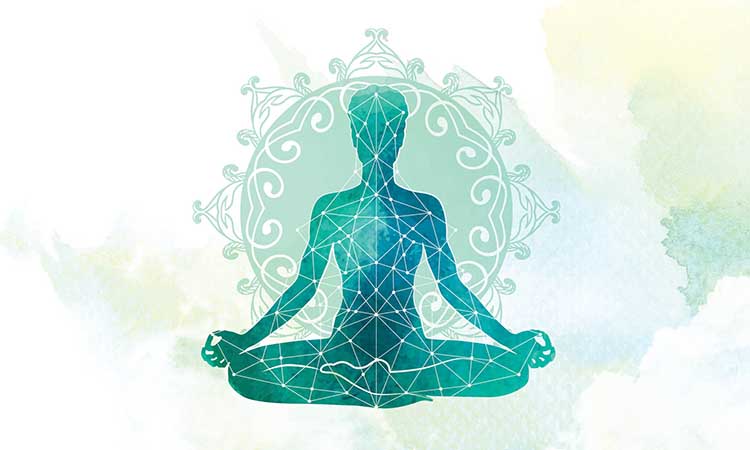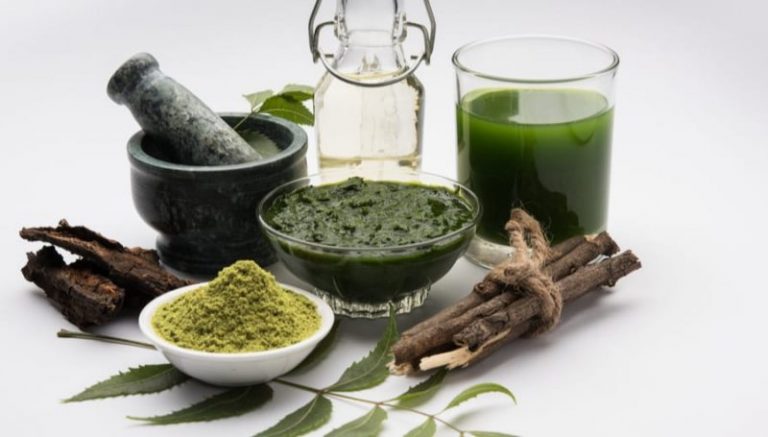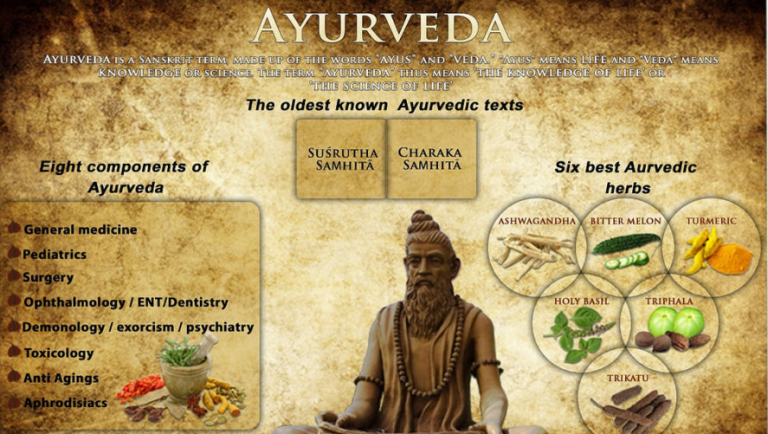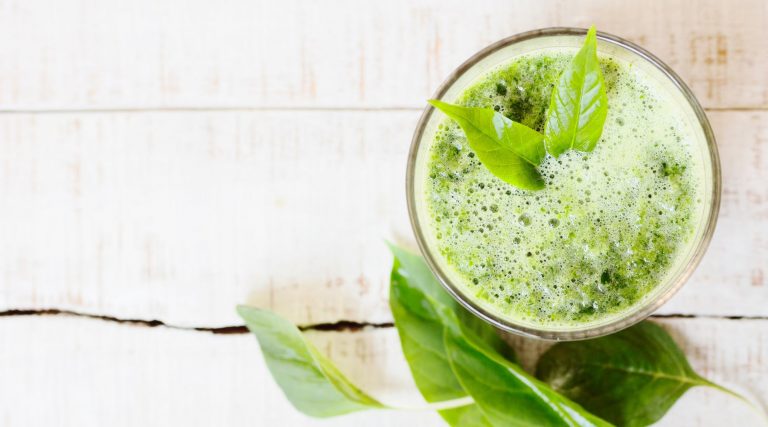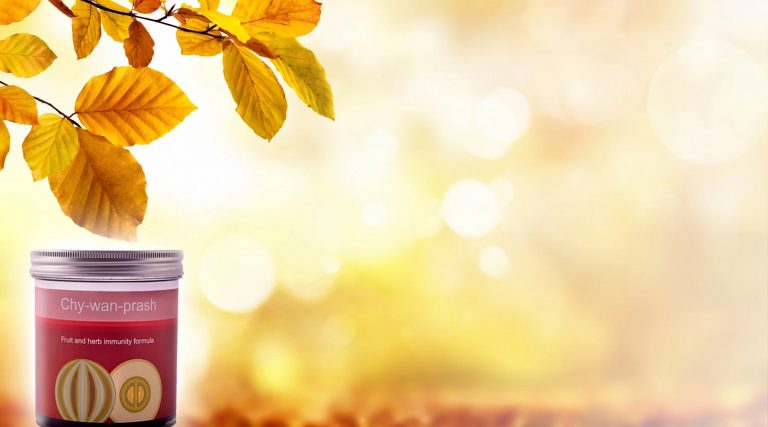Few things have helped me in my journey to emotional and physical health more than journaling daily. I had to work at this habit, but now it’s my favorite way to reset my mood or end the day. Writing things down clears my mind of unresolved questions and stresses. I also journal to track specific things about my health, family systems, or progress on personal goals and challenges.
Either way, it helps to have a list of journal prompts on hand. I’ve collected some of my favorites to share with you.
p.s. Jump to the end of this post to download ready-made journaling pages with all of these prompts. You’ll also find my list of favorite journals and more sources for journaling inspiration as well!
Journaling to Build a Growth Mindset
A fixed mindset believes talent is all that is needed to have a successful life, and that effort plays no role. With a fixed mindset, we tend to give up if we don’t immediately see a solution or another way of doing something.
In contrast, a growth mindset helps us altering our way of thinking and believe that, through effort, we can grow, overcome, and advance in all areas of our lives. These prompts can help build a resilient way of thinking.
Journaling is also a great habit to introduce to your teens, since the years during puberty can be especially turbulent. Use journal prompts like the ones below to help introduce and instill a growth mindset, versus the fixed mindset they often develop from their peers.
Journal Prompt Ideas for Mom, Dad & Teens
These are some journal prompts we’ve tried around our house… get a journal and spend some downtime doing some heart and brain work. You won’t regret it!
These also make great conversation starters around the dinner table!
Prompt #1 – Things I can control & things I can not control…
Understanding what we can change and what we can not change is helpful as it changes how we look at things. For example, we can not change that there are only 24 hours in a day, however, we can change what we do within those hours to make them more productive. Having these types of items listed out in a journal helps us focus on the things they can control instead of the negative of the items we can’t control.
Prompt #2 – What makes a person a good friend?
Being able to think about and identify positive personality traits that make up a quality friend not only helps us find and keep good friends — it also helps us to become a better friend ourselves. When we think about what we want from others it is only natural to think about what we are also contributing to a relationship. All relationships are two-way streets and learning this early is vital to successful relationships.
Prompt #3 – Who is a person you admire? What character traits do you have in common with them?
By identifying a person you look up to and breaking down which character traits you admire, you can emulate those traits more in your daily lives. It is easy for us to know we like or look up to someone, it takes more thought and time to really identify what it is we admire within them. Learning to strongly identify and communicate those traits is a big win in the life arena.
Prompt #4 – Write your cranky self a list of ‘Happiness Instructions’
By identifying the ways we make ourselves happy, it is easier to make sure we are doing a variety of these happiness-boosting activities on a regular basis. It is also helpful to have a list made so that when we get into one of those moods, you can easily scan the list and pick something doable. (By the time we are in the grumpy mood, our creative problem-solving skills have been used up, so a simple list of instructions will make a huge difference making it hard to stay cranky for long!)
Get some inspiration in this podcast on mental models and how they can help us.
Prompt #5 – Finish the sentence “I am….”
It is so difficult to find value in ourselves, often we are our own worst critics. Spend some time really thinking about what defines you. Think in terms of relationships, academics, creativity, adjectives that describe you, favorite outings or sports, and your favorite things. It is easy to get so hung up on what we are not, focusing on the positive helps us see our potential.
Prompt #6 – If you had all the courage in the world to try something new, what would you try?
Dream big! Think about that one thing you would want to do if nothing stood in your way. Think in terms of what you would want to learn and do, not in terms of what you would buy or where you would go. Why do you want to learn this skill? How would you use it to make the world a better place?
Prompt #7 – Describe one event/action you have taken that you are proud of.
It is important to celebrate our successes. We all have those moments we are extremely proud of. Think about yours. Take some time today to really dissect this event. How could this event have gone differently had you not made the choices you did?
Prompt #8 – Name something you struggle to understand.
Struggling is a part of life and learning, unfortunately, but breaking down the learning into small bits can make it easier. Where are you struggling? What steps can you do to make sure you gain a better understanding of this concept? Create a plan with small but action-based steps to help you conquer this struggle.
Prompt #9 – Who do you know that possesses great perseverance?
Perseverance is about sticking with it and not giving up when it gets hard. Think back to when you learned to ride a bike — you fell more often than you rode in the beginning! But by sticking with it eventually you got better until you were riding all the time without ever falling.
Who in your life do you see currently possessing a great deal of perseverance? What could you could learn from them? (p.s. If you need some extra inspiration, you might love this podcast interview I did with Muhammad Ali’s daughter, Laila Ali.)
Prompt #10 – Rich or happy?
It is easy to think we want all the money in the world… but do we really? When you grow up would you rather have all the money you need, but not be truly happy or be one hundred percent happy with money being tight? Expand on why you chose what you did. What does true happiness look like to you?
Prompt #11 – Do something kind for someone else today without them knowing. How does this make you feel?
We all love receiving praise. Sometimes though there is more joy to be found in the small surprise things we do for others without them knowing it was us. Choose someone to do something nice for today and then record your response to completing this action. Be honest: Would you have rather had the credit? What does that mean?
Prompt #12 – Write a thank you letter to yourself.
Send yourself a thank you card. Think about all the things that you have done to advance yourself in life. What have you done to make yourself a better son/daughter, a better friend, a better student, and an overall better person? Thank yourself for those things. And then write a letter to a friend!
Prompt #13 – What makes you grumpy? What pushes your buttons? How can you combat them?
By identifying the things that make us grumpy, we can lessen their effect. By knowing what sets you off, you can create go-tos to ensure they do not get to you quite as much as they used to. By knowing you get grumpy when you are hungry or tired, you can make sure you always have a quick healthy snack when you feel the crankiness setting in or make time for a quick power nap.
Prompt #14 – Describe what you are working towards currently.
What goal do you have your mind set on? What have you already completed in working towards this goal? What do you have left to complete before reaching this goal? Why do you feel it is important?
Prompt #15 – Choose an organization you would like to donate $100,000 towards if money were not an issue.
We all have those favorite causes. Do some research on different organizations that serve those causes you feel strongly about. Why did you choose this organization to donate to? How can you help spread the mission of this organization?
Prompt #16 – When faced with a challenge is your initial response to avoid it or embrace it?
We can’t control everything, but we can control our response. What can you do to alter your response so that it is 100% positive? Most of the time that initial flight response comes from fear of the unknown. How can you prepare yourself for the unknown in a way that makes you feel confident enough to not only accept a challenge but to take it head-on?
Prompt #17 – Accepting criticism… how can we do it with humility?
Receiving criticism can create a negative response even when the criticism comes from a good place. Most people are not trying to make you feel bad about yourself, they are trying to help you grow and get better. Reflect on why you have that instant feeling of inability, sadness, or frustration. How can you reword criticism in a way that makes it feel helpful? Is there a technique you can employ that allows you to respond to criticism with a growth mindset as if it’s a lesson of sorts?
Prompt #18 – Who fights for me?
We all need an army of friends and family behind us. Think about and assign job titles for the people who support you. Who is your Academic Commander? How about your Lieutenant of Entertainment? And your Snack Food General? Realizing we really do have an excellent support system (or identifying where we need support) allows us to take risks and try new things without fear of failure because we have an army of support behind us.
Prompt #19 – Create your own mission statement.
Do some research on mission statements and design your very own. This personal mission statement should be motivational and inspirational in spirit, guiding you to strive for your best life. It should embrace and embody who you are as a person. Your personal mission is one that can help you choose if an activity is in line with who you are and want to be in life. Maybe even make your personal or family mission statement into art to remind and motivate you!
Journaling Resources
- Journaling Starter Pages (With Prompts) – Free Download
- How to Keep a Health Journal
- Podcast: Using Detailed Health Journaling and Mindset Shifts to Heal With Sarah Kay Hoffman (with 90-Day Health Journal)
- Blank Journal (Fair Trade With Recycled Cover)
- My Favorite Health Apps for Tracking Mind, Body and Hormones
Do you journal daily? If not, would these journal prompts help?




